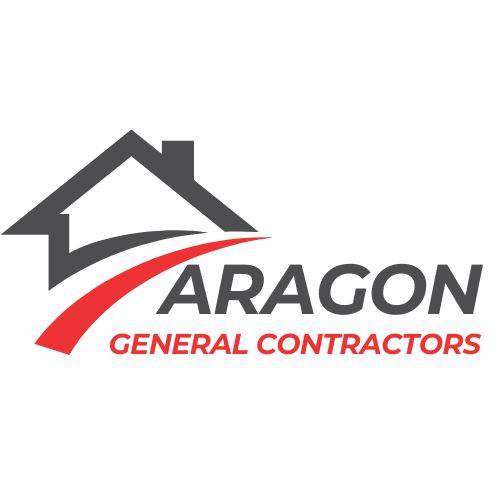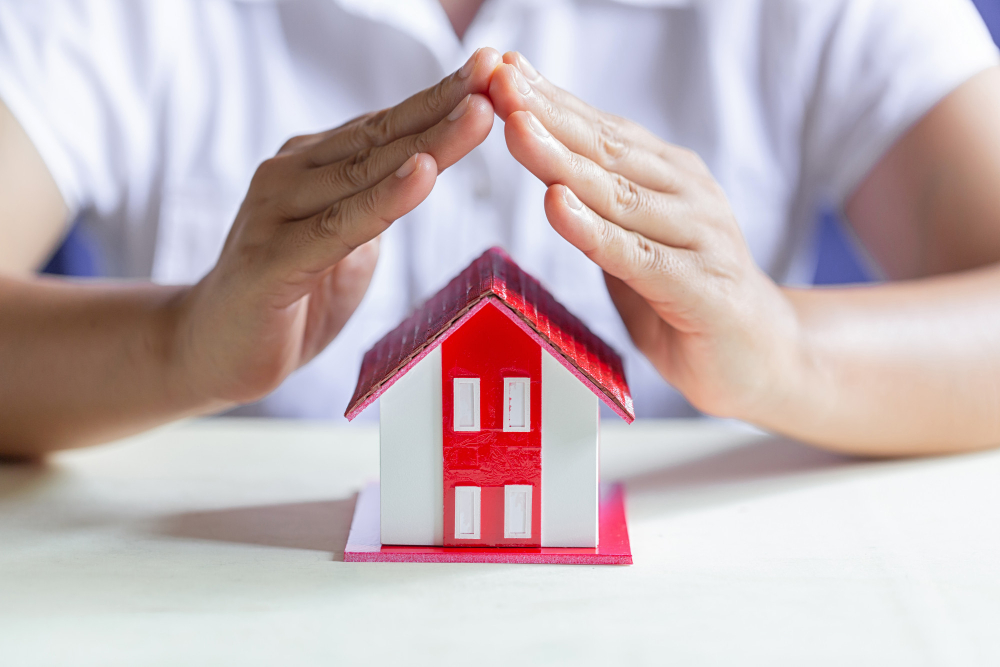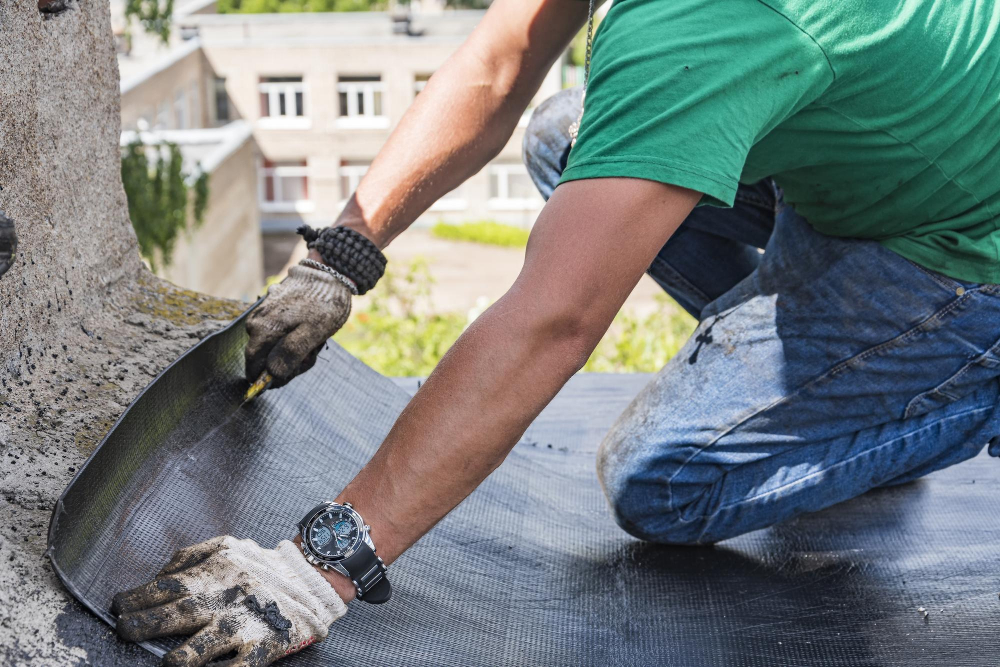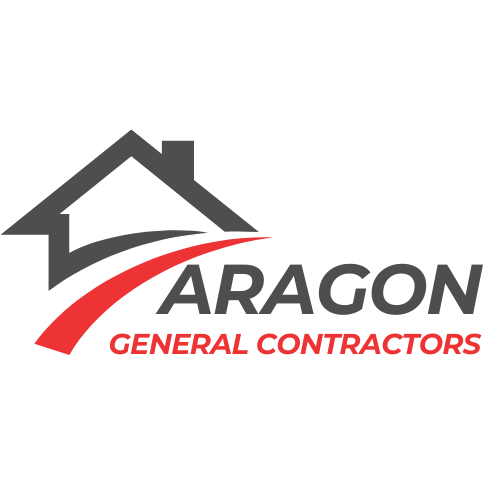Durability and Lifespan of Commercial Roofing Materials
When selecting roofing materials for commercial applications, durability and lifespan are paramount. Two of the most popular choices are Thermoplastic Polyolefin (TPO) and Ethylene Propylene Diene Monomer (EPDM), both known for their longevity and resilience against harsh weather conditions.
TPO is widely recognized for its heat-reflective qualities and resistance to ultraviolet, ozone, and chemical exposure. Its heat-welded seams provide a strong, watertight bond that greatly enhances its durability, making it an excellent choice for areas experiencing extreme weather variations. The material itself is engineered to reduce cooling costs due to its reflective surface, which can extend the lifespan of the roof by minimizing thermal expansion stress.
EPDM, on the other hand, is prized for its incredible elasticity and ability to withstand temperatures from sub-zero to extremely hot. This material is often referred to as “rubber roofing” due to its significant flexibility and resistance to thermal shock. EPDM’s dark color absorbs heat, which can be a disadvantage in sunny climates but beneficial in colder ones. It resists moisture, stands up well to abrasions, and can last up to 50 years with proper maintenance.
Metal roofing is another excellent option for commercial buildings, particularly because of its lifespan and durability. Metal roofs can last between 40 to 70 years, depending on the material. They are highly resistant to decay, mold, and insects, and can withstand high winds and severe storm conditions without corroding or cracking. Modern metal roofs are also available in a variety of finishes and colors, which can enhance their aesthetic appeal and performance by reflecting solar radiant heat, thereby reducing cooling costs.
These roofing materials offer varying benefits, but all share the common features of durability and long lifespan. They provide different levels of energy efficiency, aesthetic flexibility, and resilience against environmental factors, making the selection process critical to finding the best roofing solution for any commercial property.
Maintenance of Commercial Roofing Materials
When it comes to maintaining commercial roofing, each material has its specific needs, impacting overall cost and longevity. EPDM roofing is particularly noted for its low maintenance. Made from a synthetic rubber compound, it remains stable and flexible under various weather conditions, reducing the frequency of required repairs. Regular inspections and cleaning are typically sufficient to maintain its integrity.
TPO roofing also demands minimal maintenance, primarily because of its strong resistance to mold growth, dirt accumulation, and puncture. Its heat-welded seams create a monolithic surface that minimizes the risk of leaks. Periodic checks to ensure that the seams and membrane remain intact can significantly extend its useful life.
Metal roofs, while durable, require a bit more maintenance than their flat membrane counterparts. They must be checked for potential rust, especially in areas where the protective coating may become compromised. Additionally, metal roofs should be inspected for any loose panels or fasteners that could be affected by high winds or other mechanical impacts. Despite these requirements, the longevity of metal often justifies the initial cost and the maintenance effort.
Effective maintenance not only extends the lifespan of roofing materials but also ensures optimal performance throughout their service life, which is crucial for commercial properties where roof failures can result in significant business disruptions.
Aesthetics and Appearance of Commercial Roofing Materials
The aesthetic appeal of a roofing material is crucial in defining the overall look and feel of a commercial building. Metal roofs offer a sleek, modern appearance with a wide range of colors and finishes, such as galvanized steel, aluminum, copper, and zinc. These options allow for architectural creativity and can significantly enhance a building’s curb appeal. Metal also reflects sunlight, which can contribute to the energy efficiency of the building.
TPO roofing is another aesthetically versatile option. It comes in lighter colors, which are excellent for reflecting UV rays and reducing heat island effects in urban areas. The clean, bright appearance of TPO roofs can modernize the look of a building while contributing to sustainability goals.
EPDM roofing, typically black in color, offers a more traditional look but can be coated with a white layer to improve reflectivity and energy efficiency. While its appearance is more utilitarian, EPDM can be a good fit for buildings requiring a low-profile, functional roofing solution.
Choosing the right material involves balancing durability, maintenance needs, and aesthetic preferences to align with the building’s design and the company’s branding strategy.




